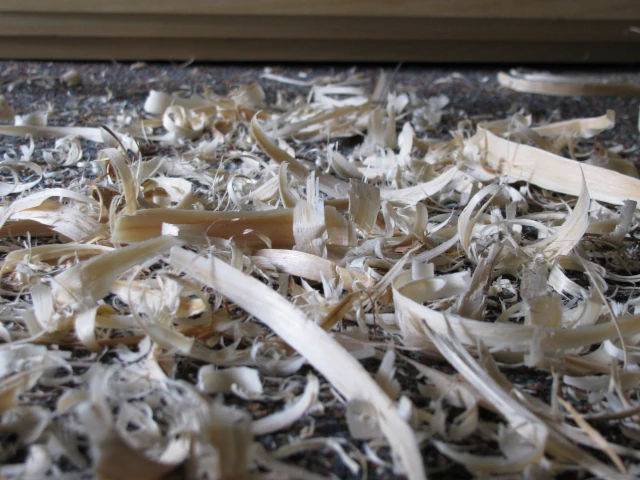
Preview: Words failed me as I entered the shop to work on a project. In short time I had the thoughts behind this post on shaping wood.
Writer’s block is a popular topic in writing forums, webinars, and books. Some believe it to be a real malady while others dismiss it as an excuse for procrastination. I don’t waste much time staring at the blinking cursor. If the words aren’t flowing, if the passion isn’t percolating, I leave the study for a fresh perspective.
Some of my best thoughts happen in the garden, or the shop, or on the hiking trail. I recently built a rustic cedar bench, and the quiet time invested working on it filled my well of creativity. It’s nice to have a productive distraction when I need a break from the desk chair.
As I examined the sections of the cedar split from raw logs, I consider the old prophets Isaiah and Jeremiah who were fond of the analogy of the potter and the clay to describe God’s interactions with us. For me the analogy became the carpenter and the wood. Holding that rough cedar, knowing the wood must be whipped into certain shapes, pushed me into contemplation.
There are always lessons to learn in the wood shop. Here are seven I gleaned as I worked.
My limited perspective restricts my vision.
The tree is a tree, and that’s all it will ever be on its own. Bring the carpenter on stage, with his creativity, insight, knowledge, and skills. He sees beyond the tree to the potential wrapped up in the wood. With his hands he unlocks the possibilities and releases the tree to soar to new purposes.
Shaping wood is hard work.
The bench required a great deal of cutting, chipping, and slicing. I can tell you those hours were not always carefree and pleasant. It’s hot in the shop in late August. Transformation takes time, and the carpenter patiently applies himself to the job. He sees what can be, and that joy propels him.
I can resist the carpenter.
Stubborn knots and temperamental grains require more force. The carpenter sharpens his tools and increases the pressure. He employs many techniques to overcome the resistance. The wood can cooperate, or it may splinter. Splintered pieces often end up in the scrap heap, their usefulness gone.
I need other parts.
A one-legged bench is not very practical. The leg serves a greater purpose in cooperation with others. A cross-member is not as strong as a leg, but both are needed for a stable outcome. Life by design brings me into contact with others, and together we accomplish more. Each of us has our unique contribution to bring to the effort. Solomon put it this way:
A cord of three strands is not quickly torn apart. Ecclesiastes 4:12B NASB
There’s beauty inside.
The beautiful heartwood of the Eastern Red Cedar is not visible until the outside is removed. Shavings curl and tumble to the floor hour after hour as the carpenter removes the dross. What do others see in me? The beauty will remain hidden until the junk is removed.
Friction releases the aroma.
As I worked I noticed the fragrance permeating the shop. It lingered on my clothes. The aroma is released as the chisel, the rasp, and the sandpaper grind the cedar. Life brings friction and abrasions. It hurts. Some are hardened by the pain, toughened and determined to avoid future discomfort. Others smile through it, move forward, and radiate the sweetness of confidence in the Carpenter to all those around them. My response is my choice.
The carpenter knows the wood’s future.
When I yield to his plan, I become useful. I may have an impact beyond my lifetime. True, I can’t see the years ahead, but He can. I don’t know His purposes, but He does. The tree, damaged by the storm and destined for the wood pile, became a piece of furniture. It graces the room, offering the passerby a place of rest and refreshment. What is God making of me?
“For I know the plans that I have for you,” declares the LORD, “plans for welfare and not for calamity to give you a future and a hope.” Jeremiah 29:11 NASB
Thank you.
Maria,
I’m glad you enjoyed the article.